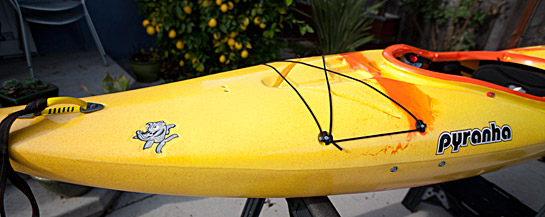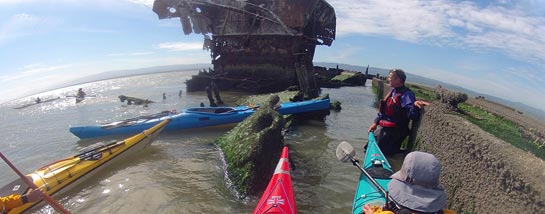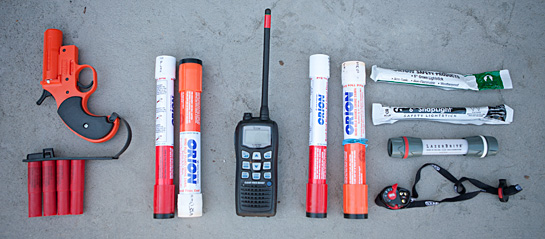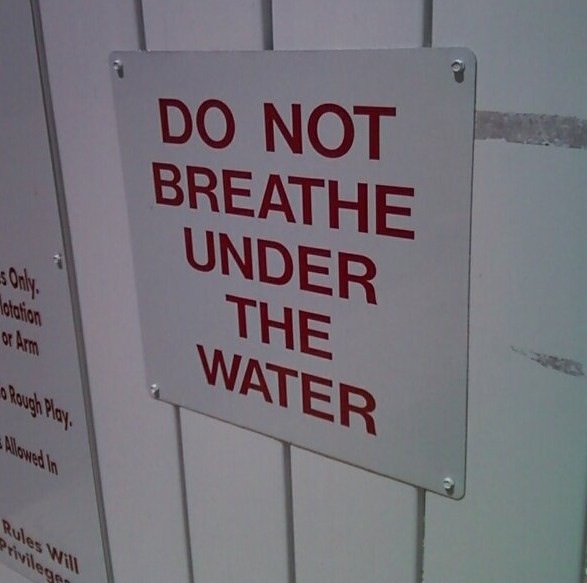
Hey, Outdoor Clothing Industry: Can you please consider putting heavier-weight materials on the arms of your upper baselayer garments, and lighter-weight materials on the torso?
We paddlers wear PFD’s on our torsos, as well as spray skirt tunnels. Including a jacket/drysuit and a base layer, my body’s core is wrapped in four layers of material. This keeps the body’s core quite warm. When we’re in cold water, the torso tends not to get as cold as our arms. Even on cold days, after paddling for a few minutes, I get overheated in my torso, even if it’s so cold that I can’t feel my fingers. Sweaty backs and numb hands is a really uncomfortable combo.
I’ve experimented with wearing the thinnest synthetic or wool t-shirts with fleece cycling sleeves, but this is fiddly at best and sometimes those sleeves are a bit constrictive. Low blood flow means colder arms, so that doesn’t always work out.
Imagine having a top made of Patagonia’s Capilene 1 on the torso and Capilene 3 on the arms. Or, even better, wool that’s two to three times as thick on the arms than the torso. This would help thermo-regulation in a major way and not create redundancy in terms of weight or material. A jersey cut would reduce chafing and let the sleeves cover the shoulders, which are not kept warm by most active-cut PFDs on the market.
The lesson here for paddling clothing and gear manufacturers is to think about undergarments as part of a larger system, the system of gear all us responsible kayakers are already wearing. This would help backpackers as well, who have half of their core covered in a pack, and cyclists, who need to vent from their backs on hot or intense rides.
You’d sell more vests, too! 🙂 I accept product royalty payments in turkey jerky and rye whiskey.
If you’re a paddler who’s found interesting ways to balance warmth and comfort while paddling, chime in with a comment below!
Read More







